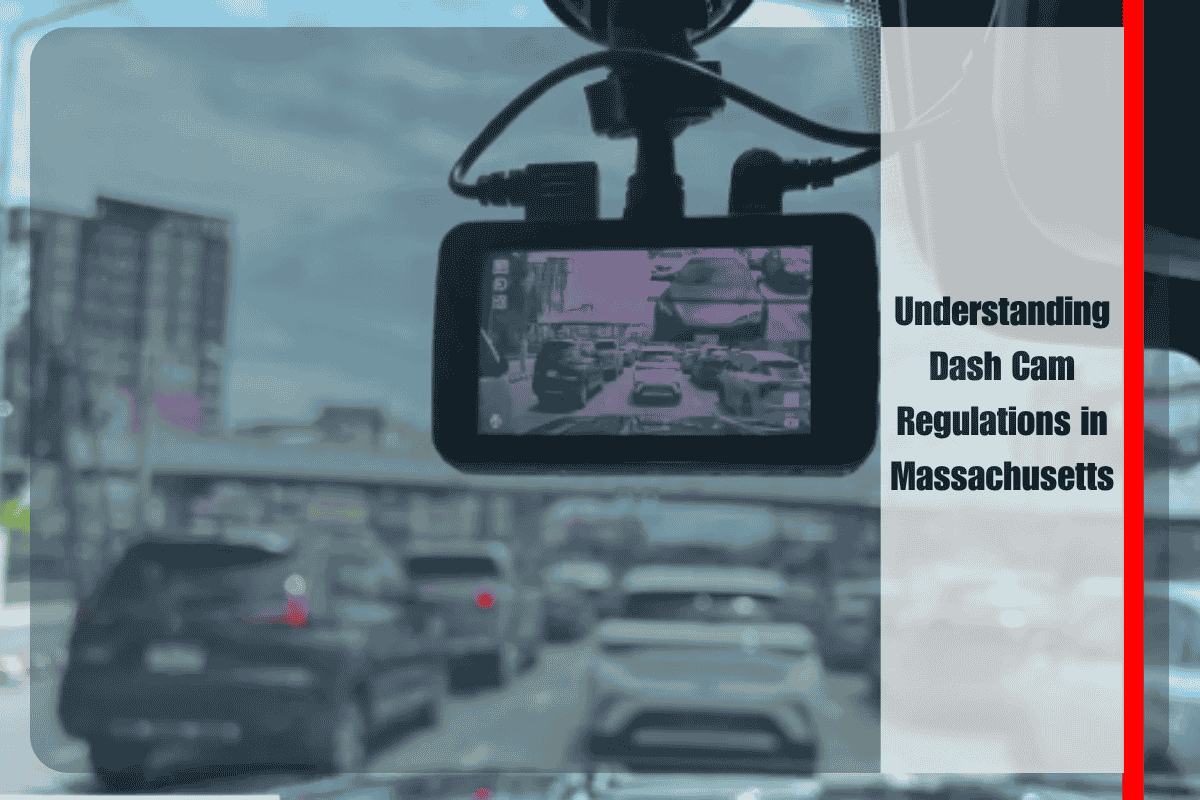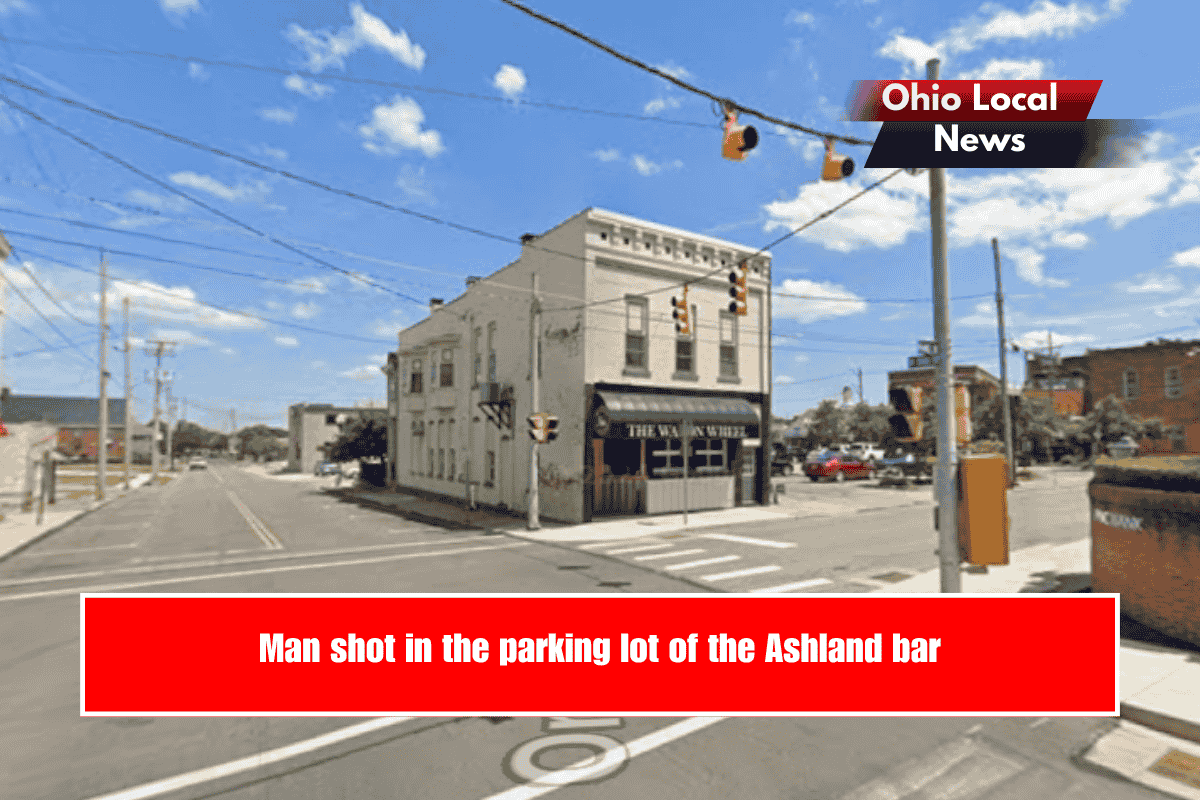Dash cams are legal in Massachusetts, but there are specific regulations regarding their installation and the way they record.
Mounting Requirements:
Massachusetts law prohibits mounting dash cams on the windshield, as anything opaque on the windshield is banned to prevent obstruction of the driver’s view. Dash cams must be placed on the dashboard or, in some cases, may be mounted behind the rearview mirror or on the side window if the window’s total visible light reflectance is at least 35%. The key is that your dash cam should not block your vision through the windshield or impede safe operation of the vehicle. Improper mounting—such as on the windshield—can not only result in fines but can also render dash cam footage inadmissible in court.
Use of Dash Cam Footage:
Dash cam videos can be used as evidence in Massachusetts courts if the device was mounted lawfully (on the dashboard, not the windshield) and the footage was recorded in compliance with privacy laws. The footage is admissible especially when documenting incidents that occur on public roads or areas that are plainly visible to the public.
Audio Recording and Privacy:
Massachusetts is an all-party consent state for audio recordings. This means if your dash cam records audio, you must obtain permission from all recorded parties. Recording someone’s voice without their consent—especially in a private conversation or on private property—can be considered a criminal offense. Always inform passengers if audio is being recorded, and avoid recording on private property without explicit consent.
Hands-Free Law:
While the focus is on mobile devices, Massachusetts’ hands-free law requires that electronic devices (including dash cams with interactive screens) be mounted and not handled manually while driving, except to activate hands-free mode. Drivers under 18 cannot use any electronic device while driving, including dash cams with interactive or display functions.
Key Considerations for Legal Dash Cam Use in Massachusetts:
Install your dash cam on the dashboard or behind the rearview mirror—not on the windshield.
Ensure the device does not obstruct your view.
Obtain the consent of all parties if recording audio.
Notify passengers about the dash cam, especially if audio is on.
Do not record on private property without permission.
Use hands-free features to avoid violating device handling laws.
Complying with these requirements protects your rights, ensures your dash cam footage is lawful and admissible in court, and keeps you in line with Massachusetts road safety regulations.
Sources
[1] https://www.ddpai.com/blog/dash-cam-laws/
[2] https://www.dibellalawoffice.com/blog/using-dashcam-footage-in-massachusetts-personal-injury-cases/
[3] https://www.blackboxmycar.com/pages/are-dash-cams-legal-in-my-area-dash-cam-laws-in-every-us-state
[4] https://www.expertmarket.com/dash-cams/dash-cam-laws-by-state
[5] https://matrackinc.com/dash-cam-laws-by-states/












